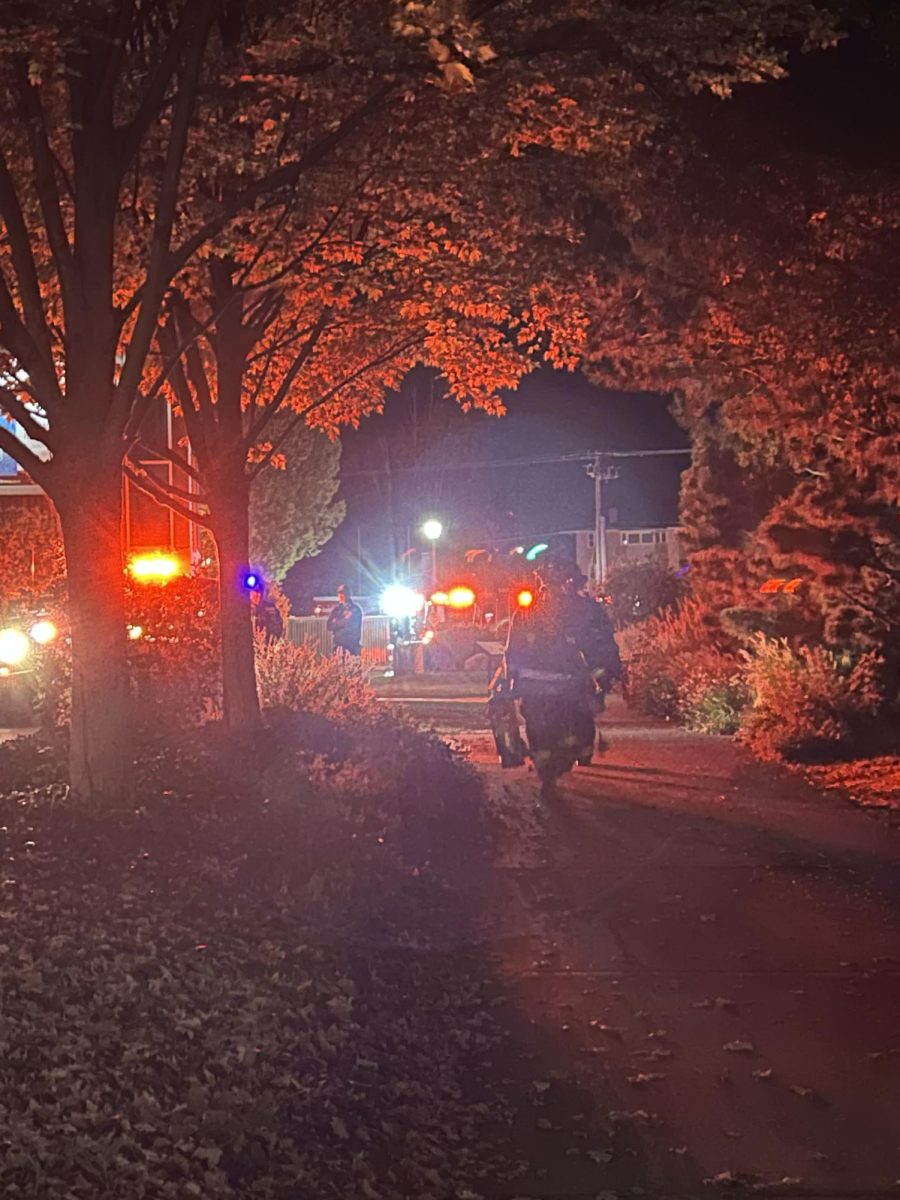For first-year Umair Meredia, registering for his first college classes was “actually really successful.”
First-year Jose Beleche thought registration was “straightforward and simple.”
Sentiments like these are only possible because on Saturday, Aug. 27, the day of first-year registration, everything went according to plan.
“I can’t believe it went so smoothly,” said Registrar Ron Urban. Compared to last year’s registration, which Urban called a debacle, this year’s was extraordinary.
Last year, two hours after first-year registration began, the computers broke down and first-years waited in line for hours. At the end of the day, about 60 students were turned away unregistered and everyone came away frazzled.
When the dust cleared, a group called the Registration Working Group was formed to plan the 2011 first-year registration. In this group were three students: an SA, a transfer student and a student who was unable to register successfully on the first day of the 2010 first-year registration: Director of Academic Resources Juli Dunn and Associate Registrar Stacey Giusti. This group, along with many other individuals and departments on campus implemented a myriad of changes to address last year’s problems.
“The key to the success of this year’s registration was teamwork,” said Dunn in an email. “To be given an opportunity to go back to the drawing board with the same framework takes a lot of trust.”
Many changes were implemented in the first-year registration system this year. The location was different, registration times were frontloaded towards the beginning of the day, faculty took shifts at making waitlists and giving consent, there were more computers present, and most strikingly, students had a cap placed on the number of credits they could register for on the actual day of registration. Additional credits were registered for through the additional course form.
This year, instead of holding registration in Sherwood Center, it was held in Reid Ballroom. Many agreed this site had a much better atmosphere because of its intimate feel. The ballroom was divided into two parts. The larger section held faculty members and advisors, who took shifts instead of being present all day. About 75 faculty members were present in the ballroom at one time, managing paper waitlists and giving consent for classes.
The smaller section of the ballroom housed 26 computer kiosk stations for student registration and five special access kiosks. Because the first-years registered in groups of 20 to 22, the extra computers left a margin of error for students who took longer than their allotted time.
Technology was also altered to protect against a system failure similar to last year.
“It was a big deal that we failed so thoroughly,” said Michael Quiner, director of enterprise technology.
Last year the database locked up due to overuse and a complicated course consent application. The course consent application was rewritten, and the waitlist system was put online, independent of the rest of the servers that CLEo operates on. The system was tested extensively over the summer until it could handle 200 accounts at once.
Several measures were put in place in the interest of fairness. Randomly assigned registration times were concentrated more towards the morning. As the day wore on, the time slots themselves got longer, from 10-minute registration slots at 8 a.m. to half-hour slots at the end of the day, to allow students more time when classes were fuller.
A cap of 10 credits, not including Encounters and SSRAs, was placed on the number of credits that students could register for during their assigned time. Because students couldn’t register for a full load, more academic classes were left open as the day wore on.
“I thought it was going to be mass panic,” said sophomore Rosemary Hanson, the SA of Jewett 4-East, who was present at registration in the morning. “I’m amazed people got in and out super fast, even when they had course conflicts.”
To register for additional credits, students filled out an additional course form.
“The system finally devised over the summer by the Registrar’s Office to include the one additional course form was still pretty new and so getting advisers up to speed and first-year students up to speed was a bit daunting,” said Dunn.
These forms allowed students to create a prioritized wish list of classes. The Registar’s Office went through these forms in the reverse order they were received and manually entered students’ fourth classes into their schedules. The office staff worked from 2 p.m. until 7 p.m. the day of registration. Students then received an email with their final class selection.
First-year Clint Voraeur says that the first-years he talked to were generally “open to what they got,” for their fourth class, opting to fill distribution if they didn’t get exactly what they wanted.
In her email, Dunn summed up the success of the day.
“We were all on the same page, working toward the same goal so that each student walked out of registration with a full load of courses.”






